Capertee Valley – August 12/13 (Part Two)
Target Species: Diamond Firetail, Regent Honeyeater

We awoke early on Sunday morning, another crisp, refreshing daybreak greeting us, though I know I was full of excitement and motivation. Goals were set; Diamond Firetail and if we were lucky enough, Regent Honeyeater. A lot has been spoken about the Regent Honeyeater and its population demise. Once rejoicing in the name “Warty-Faced Honeyeater” due to its warty, facial appearance, the Regent Honeyeater (the much improved name version) is in some strife. Regents are highly nomadic, frequent travellers, and will migrate over long distances to find its favourite/available food source; Box Ironbark Woodland. However, upwards of 85% of the original Box Ironbark Woodland has been cleared due to increased agriculture, housing etc. Recent surveys suggest there could be as little as 800 birds left throughout Australia, though this estimate appears high and the numbers could be as low as a few hundred. It is much of a shame really, as the Regent is a visually stunning bird, an iconic species for the woodlands of the south-east.

Yellow-Rumped Thornbill

Australasian Pipit
As significant a sighting of a Regent would be, I was determined to build on my meagre list and see and photograph a Diamond Firetail. Diamond Firetails are a part of the finch family (and I reckon absolutely one of the best looking). They are endemic to South-eastern Australia, ranging through to Queensland in the north, across to South Australia in the west and all throughout Victoria and New South Wales. They occur in a variety of vegetation communities but prefer grassy, Eucalypt Woodland or Box-Gum Woodland, primarily feeding on the ground eating grass seed and occasionally insects and larvae. They flock in upwards of 30 birds and will tolerate other finch species, regularly seen flocking with Zebra Finch and Masked Finch just to name a few.

Yellow Thornbill
How lucky we were to find a grouped flock of Zebra Finch and Diamond Firetail, mixing and mingling as though they were one, like fried chicken and waffles, you wouldn’t think they’d mix too well, but when you eat them together, you are in for a treat!. We observed about 10 Firetail to over 30 Zebra Finches, all birds ducking and diving, see-sawing between the wholesome grassland and the glistening perch of barbed wire. My curiosity was piqued by their behaviour. Why do birds love perching on a barbed wire fence line? We were fortunate enough to creep forward, using the Stout Bamboo Grass (Austrostipa ramosissima) as cover, ever so slightly moving closer and closer to the fenceline, shuffling like a cat stalks its prey.
We must have looked ridiculous.
As I sprawled prostrate, prone, hands forward, camera high, I thought again of my siblings. Wouldn’t they kill to see me doing this. They would be in hysterics. And slightly miffed as to our similar bloodline. I would never hear the end of it. With the backdrop of the sandstone cliff of the valley behind, I was able to snap some crackers! I was already satisfied and it was only 9:00am.
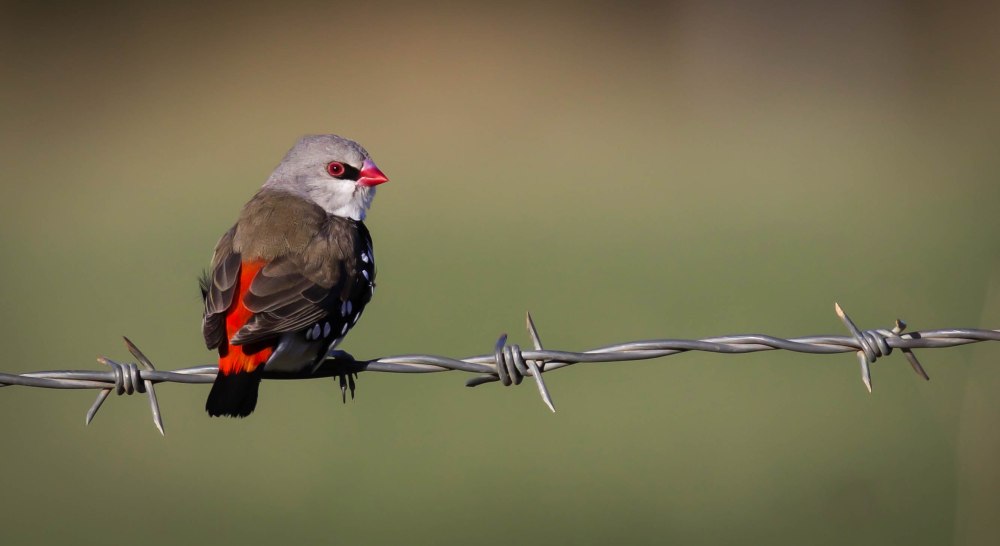
Diamond Firetail
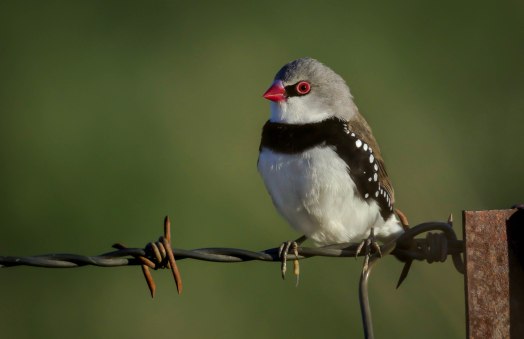
Diamond Firetail
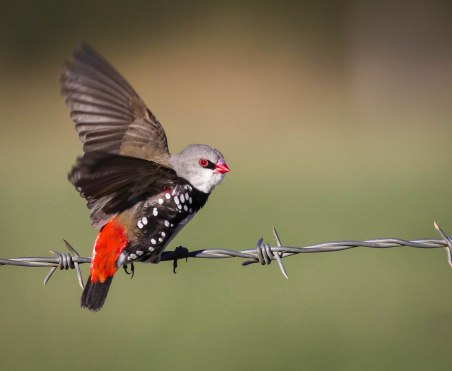
Diamond Firetail

Female Zebra Finch

Male Zebra Finch
Plan was to head out to the Capertee National Park and start the trek back to Sydney in the early afternoon. Matty had seen the Regents here before, however we knew it would not be a sure thing. It’s such a big park and there are not a lot of Regents left. The graded track down to the park was lined by woodlands and we were lucky enough to be greeted by a Gang-Gang Cockatoo, squawking and talking, as well as some Speckled Warbler and White-Winged Chough.

We entered toward the homestead and were welcomed into the park by two soaring Wedge-Tailed Eagles ascending and descending royally, overhead. The Capertee Valley is home to the Wirdajuri People. It was first explored by European settlers in 1821 by James Blackman and since his arrival, the region has been opened up to grazing and mining and ultimately land clearing. The region is far from virgin, however still wonderfully unique. We drove up to the Valley Lookout and wandered about. We found a loving couple of Scarlet Robin, White-Plumed Honeyeater, Jacky Winter, Lewin’s Honeyeater and Noisy Friarbird.
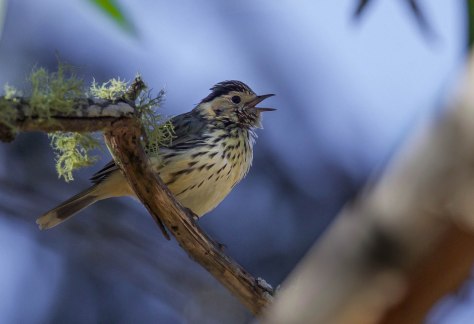
Speckled Warbler
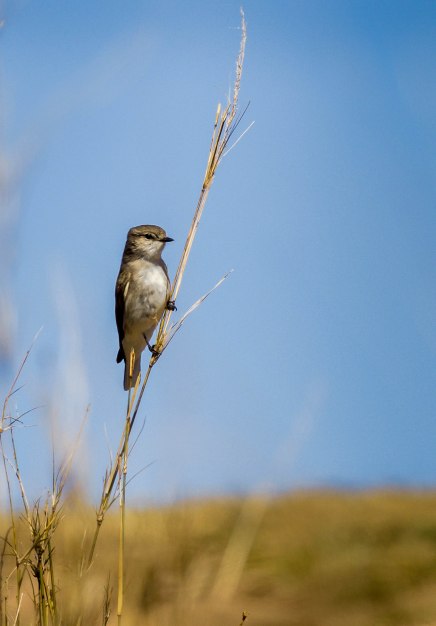
Jacky Winter

Scarlet Robin

Scarlet Robin
I left the Capertee a very happy guy. It lived up to its reputation of being one of the best birding sites in Australia. Now don’t think the birds are simply going to be jumping out at you from all directions, no birds were billowing from the trees, soaring from the canopy or flapping under feet bountifully. But following the simple guidelines and understanding vegetation types and communities and the niche habitat birds prefer will put you in the best position to find what you are looking for. The diversity was evident, something advertised. I managed 11 lifers* for the weekend. I was stoked.
*Bird nerd term for first time seeing a species.